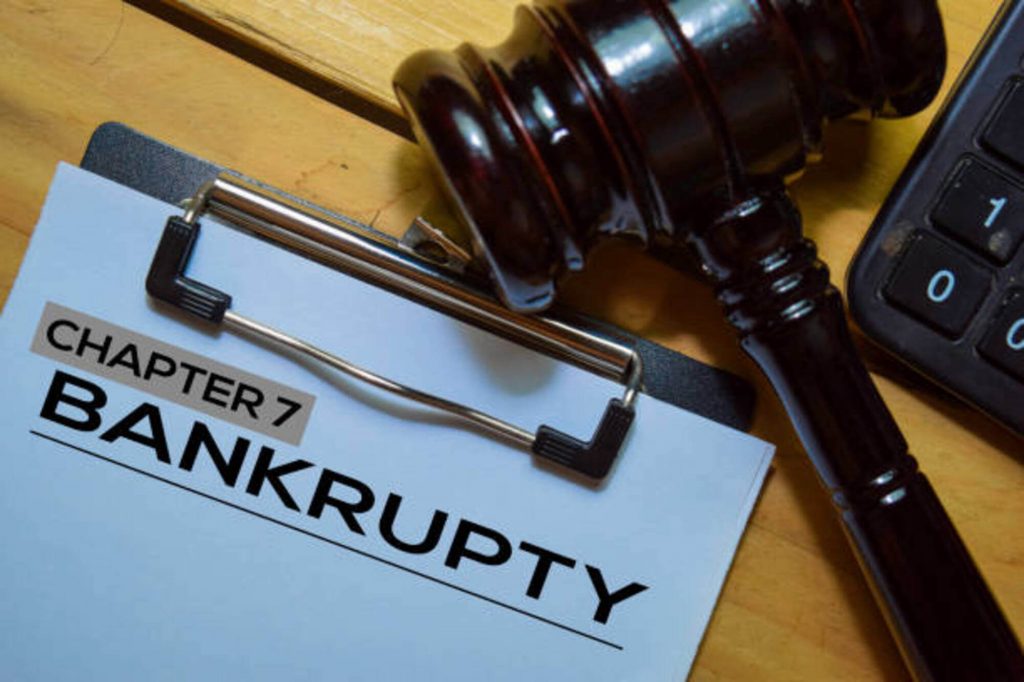The Refine and Effects of a Business Entering Administration
As a company encounters economic distress, the decision to enter management marks an essential time that can have significant implications for all entailed parties. The process of going into management is elaborate, involving a collection of steps that aim to browse the business in the direction of possible healing or, in many cases, liquidation. Recognizing the functions and responsibilities of a manager, the effect on various stakeholders, and the lawful obligations that enter play is crucial in comprehending the gravity of this situation. The repercussions of such a relocation surge beyond the firm itself, shaping its future trajectory and affecting the broader organization landscape.
Summary of Firm Administration Process
In the world of company restructuring, a vital first action is acquiring a detailed understanding of the intricate business management procedure. Firm administration refers to the official bankruptcy treatment that aims to rescue an economically troubled firm or achieve a better result for the business's financial institutions than would certainly be possible in a liquidation scenario. This process includes the visit of a manager, that takes control of the firm from its supervisors to assess the financial circumstance and figure out the ideal training course of activity.
Throughout management, the company is granted protection from legal action by its lenders, supplying a halt duration to create a restructuring strategy. The manager deals with the business's administration, lenders, and various other stakeholders to create a method that might involve marketing business as a going concern, getting to a business volunteer arrangement (CVA) with financial institutions, or inevitably putting the business into liquidation if rescue attempts prove futile. The key goal of company administration is to optimize the go back to lenders while either returning the company to solvency or closing it down in an organized way.

Roles and Duties of Administrator
Playing a pivotal function in supervising the firm's decision-making processes and economic affairs, the manager assumes substantial responsibilities throughout the corporate restructuring procedure. The primary obligation of the administrator is to act in the ideal rate of interests of the company's lenders, aiming to accomplish one of the most beneficial end result possible - what happens when a company goes into administration. This includes conducting an extensive analysis of the company's economic situation, establishing a restructuring strategy, and implementing methods to maximize returns to lenders
In addition, the administrator is accountable for communicating with various stakeholders, including workers, distributors, and regulatory bodies, to guarantee openness and conformity throughout the management procedure. They must likewise interact successfully with investors, providing regular updates on the company's development and seeking their input when needed.
In addition, the manager plays an essential function in handling the daily procedures of the organization, making vital choices to keep connection and maintain worth. This consists of reviewing the viability of different restructuring options, negotiating with creditors, and ultimately guiding the company towards an effective leave from management.
Effect On Business Stakeholders
Presuming an important setting in supervising the business's decision-making processes and monetary affairs, the administrator's activities throughout the business restructuring process have a direct influence on numerous business stakeholders. Shareholders might experience a decrease in the value of their investments as the company's economic problems are attended to. Lenders, including loan providers and providers, might encounter uncertainties regarding the settlement of financial obligations owed to them. Employees often run into task insecurities as a result of prospective discharges or modifications in work problems as part of the restructuring initiatives. Customers might experience interruptions in solutions or product availability throughout the administration procedure, affecting their depend on and loyalty in the direction of the company. In addition, the community where the firm operates can be impacted by possible job losses or modifications in the company's procedures, affecting regional economic situations. Efficient interaction from the administrator to stakeholders is vital in managing assumptions, mitigating issues, and cultivating transparency throughout the management procedure.
Legal Implications and Responsibilities
During the process of business administration, cautious consideration of the legal ramifications and responsibilities is vital to make certain conformity and shield the rate of interests of all stakeholders included. When a business enters administration, it causes a collection of lawful demands that should be followed. One of the primary obligations is for the designated administrator to act in the best interests of the firm's financial institutions. This obligation calls for the manager to carry out extensive investigations into the company's events, examine its monetary position, and develop an approach to make the most of returns to financial institutions.
In addition, lawful implications emerge concerning the therapy of workers. The administrator needs to follow work laws pertaining to redundancies, worker rights, and responsibilities to provide needed information to worker representatives. Failing to comply with these lawful needs can lead to lawsuit versus the company or its administrators.
In addition, the business getting in administration might have legal obligations with different parties, including property company administration uk managers, distributors, and customers. These contracts need to be examined to establish the very best course of action, whether to terminate, renegotiate, or meet them. Failing to handle these contractual obligations properly can cause disagreements and possible lawful repercussions. Fundamentally, understanding and fulfilling legal responsibilities are vital facets of browsing a firm via the management procedure.
Techniques for Company Recuperation or Liquidation
In thinking about the future direction of a business in administration, strategic preparation for either healing or liquidation is vital to chart a practical course ahead. When aiming for business recovery, vital techniques might include conducting a detailed analysis of business operations to recognize ineffectiveness, renegotiating contracts or leases to boost capital, and executing cost-cutting actions to improve productivity. Furthermore, looking for new financial investment or funding choices, expanding revenue streams, and concentrating on core competencies can all add to an effective recovery plan.

Conclusion
Finally, the procedure of a company going into administration entails the appointment of a manager, who handles the responsibilities of handling the firm's affairs. This procedure can have substantial repercussions for numerous stakeholders, including creditors, investors, and staff members. It is necessary for firms to carefully consider their choices and methods for either recouping from financial difficulties or proceeding with liquidation in order to alleviate possible lawful implications and obligations.
Company administration refers to the formal bankruptcy treatment that intends to save a monetarily troubled firm or achieve a better result for the company's creditors than would be possible in a liquidation scenario. The administrator works with the company's management, creditors, and other stakeholders to develop a technique that may involve selling the company as a going concern, reaching a company volunteer setup (CVA) with financial institutions, or inevitably positioning the business into liquidation if rescue attempts prove useless. The key objective of business administration is to take full advantage of the return to lenders while either returning the company to solvency or closing it down in an organized way.
Presuming a vital position in overseeing the firm's decision-making procedures and economic affairs, the administrator's activities during the corporate restructuring procedure have a straight impact on numerous business stakeholders.In final thought, the process of a firm going into administration entails the visit of a manager, that takes on the responsibilities of taking care of the business's affairs.